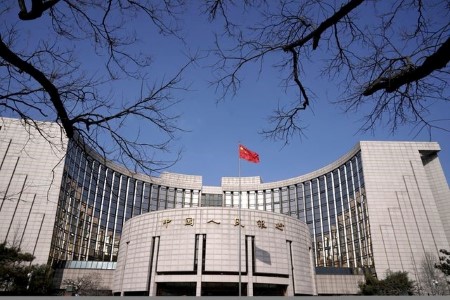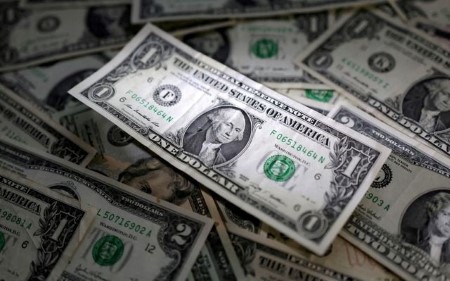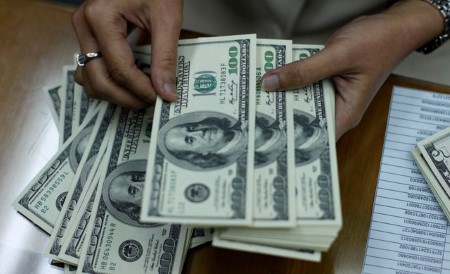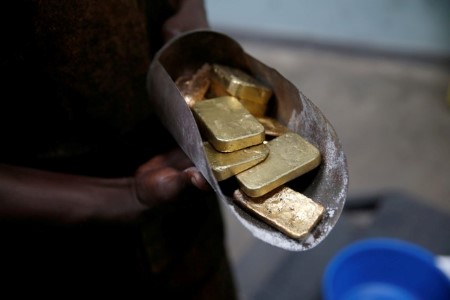Sept 19 – China is expected to keep benchmark lending rates unchanged on Wednesday, grabbing the spotlight in Asia as the relentless rise in oil prices toward USD 100 a barrel seeps deeper into investor sentiment globally.
The latest trade data from Japan, export orders from Taiwan, producer price inflation figures from South Korea, and New Zealand’s second-quarter current account balance are also on the regional calendar on Wednesday.
The main event of the day on Wednesday, of course, is the Federal Reserve’s policy meeting, where the US central bank will announce its latest interest rate decision and unveil its new forecasts, and Chair Jerome Powell will hold a press conference.
The Fed will almost certainly keep rates on hold at 5.25% to 5.50%. Rates futures markets are pricing in a 30% likelihood of a quarter-point hike in November or a 40% chance it will be in December.
Leaving aside the Fed’s updated Summary of Economic Projections, the current momentum in oil prices and bond yields in itself might be enough to keep the Fed on track to raise rates again this year.
Oil is punching higher on a daily basis and getting closer to USD 100 a barrel. US bond yields are unsurprisingly refusing to come down – the two-year and 10-year yields clocked their highest closes on Tuesday since 2007, with the two-year yield drifting further above 5.00%.
Stocks and risk assets are feeling the pinch. World stocks fell for a third consecutive day on Tuesday and the three main indexes on Wall Street ended in the red, despite clawing back steeper losses earlier in the day.
Asian markets won’t get to react to the Fed until Thursday, so any direction on Wednesday could come from events locally.
China’s central bank is expected to stand pat on rates as fresh signs of economic stabilization and a weakening yuan constrain put the brakes on further monetary easing efforts, at least for now.
All 29 market analysts and traders polled by Reuters expect the one-year loan prime rate to be held at 3.45% and 26 expect the five-year LPR to remain unchanged at 4.20%. The other three forecast a marginal reduction of 5 to 10 basis points.
On the geopolitical front, meanwhile, attention shifts to the 78th United Nations General Assembly in New York. Investors can expect headlines from the official meetings between world leaders already scheduled and announced, as well as the bilaterals on the sidelines.
Here are key developments that could provide more direction to markets on Wednesday:
– China’s interest rate decision
– Japan trade (August)
– United Nations General Assembly
(By Jamie McGeever; Editing by Josie Kao)







 DOWNLOAD
DOWNLOAD











